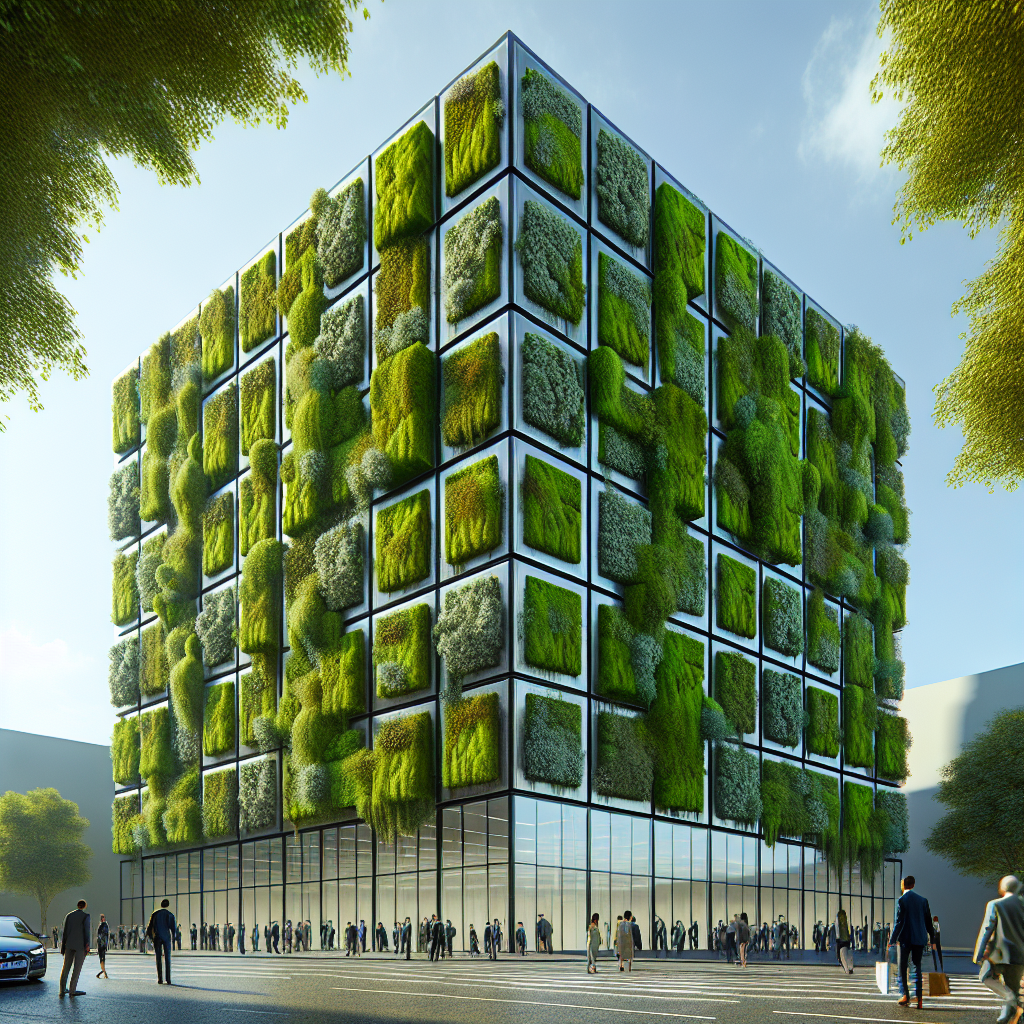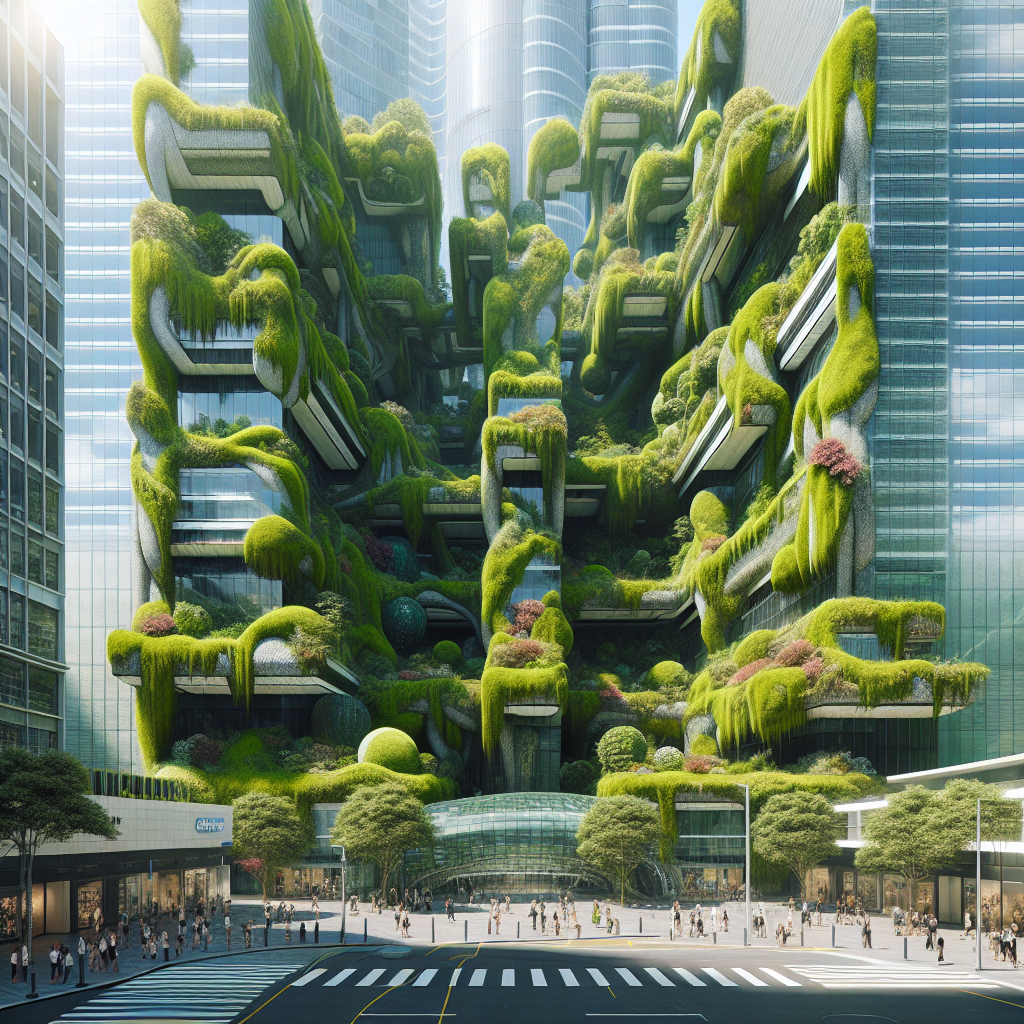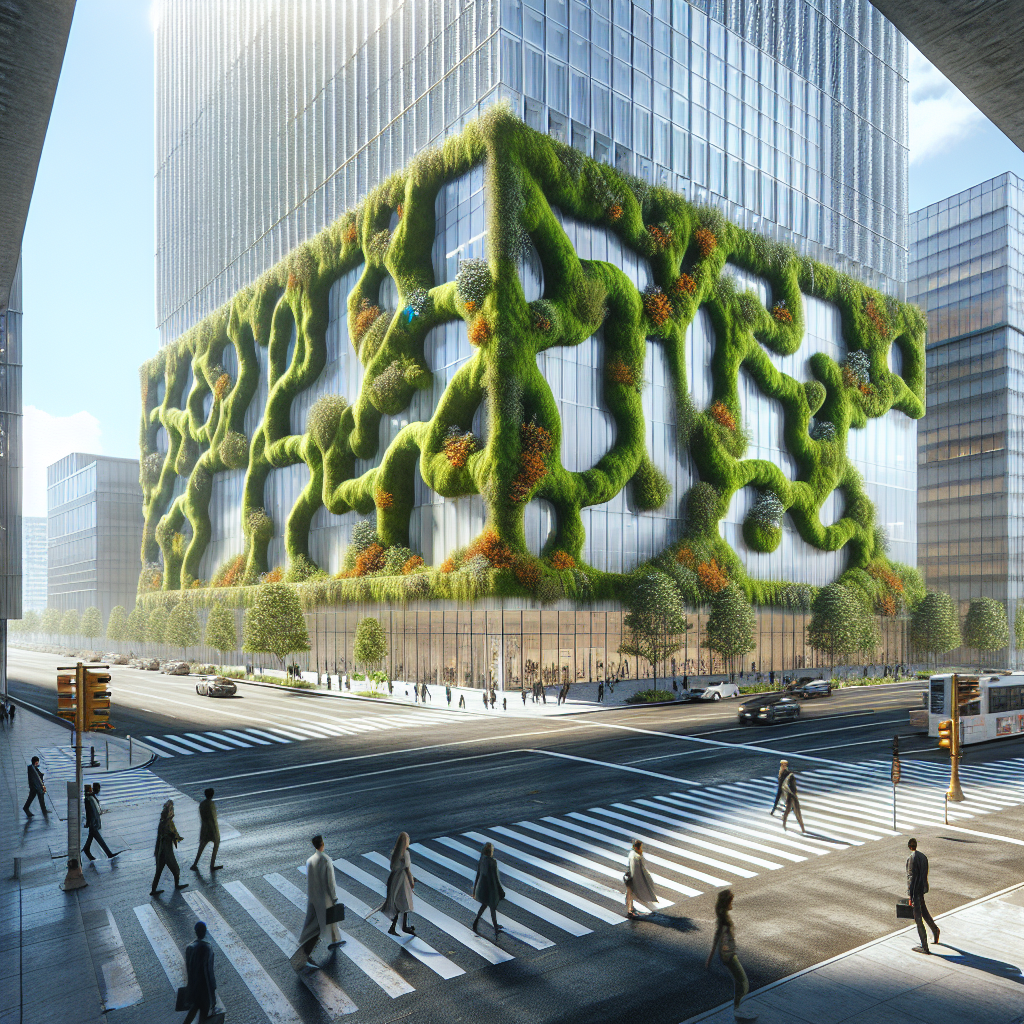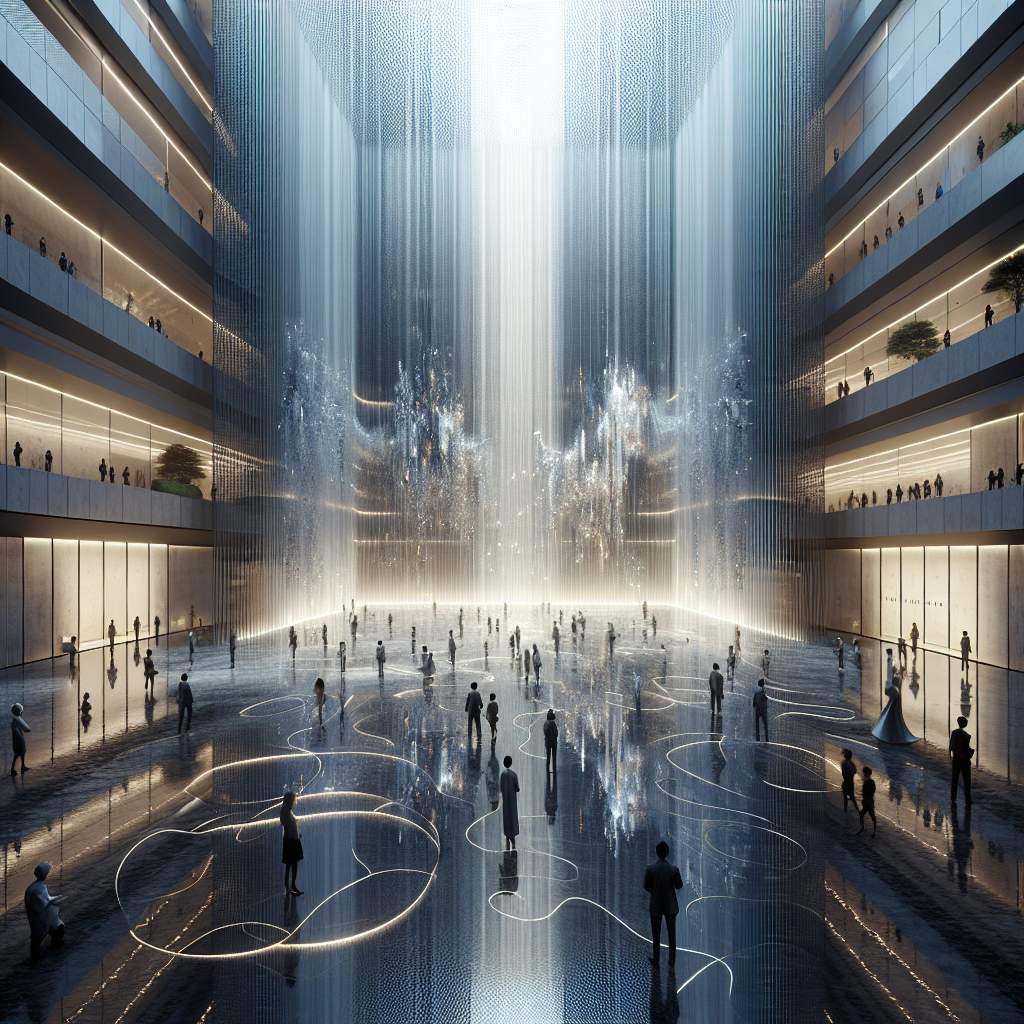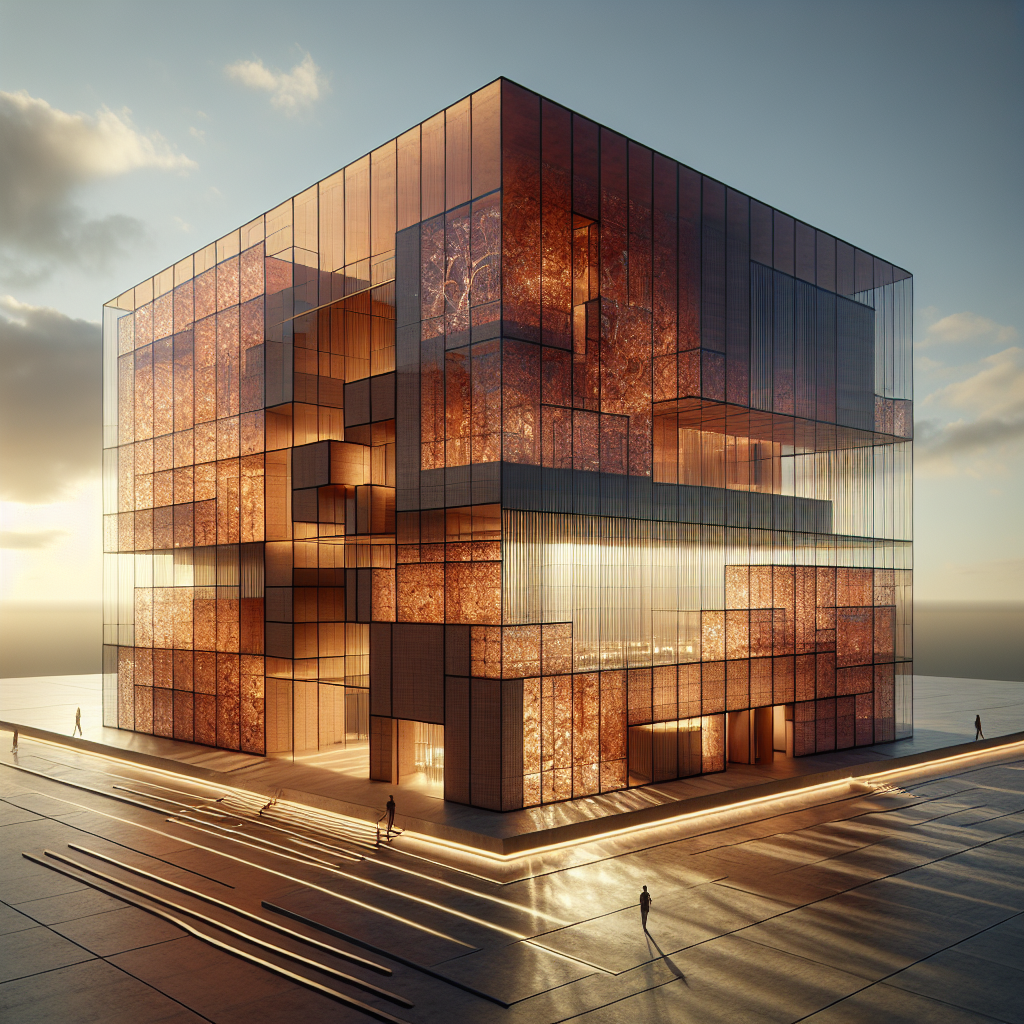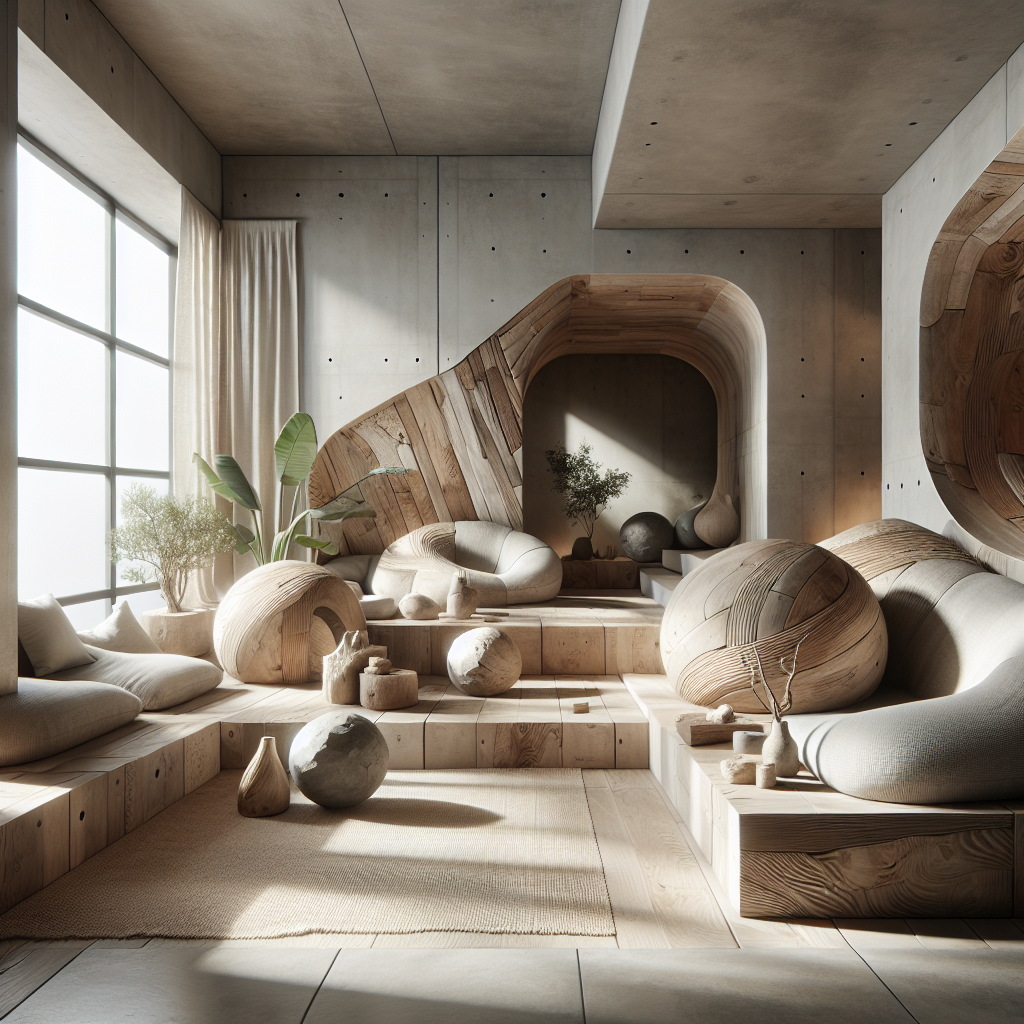Green graffiti vertical: moss art for building façades
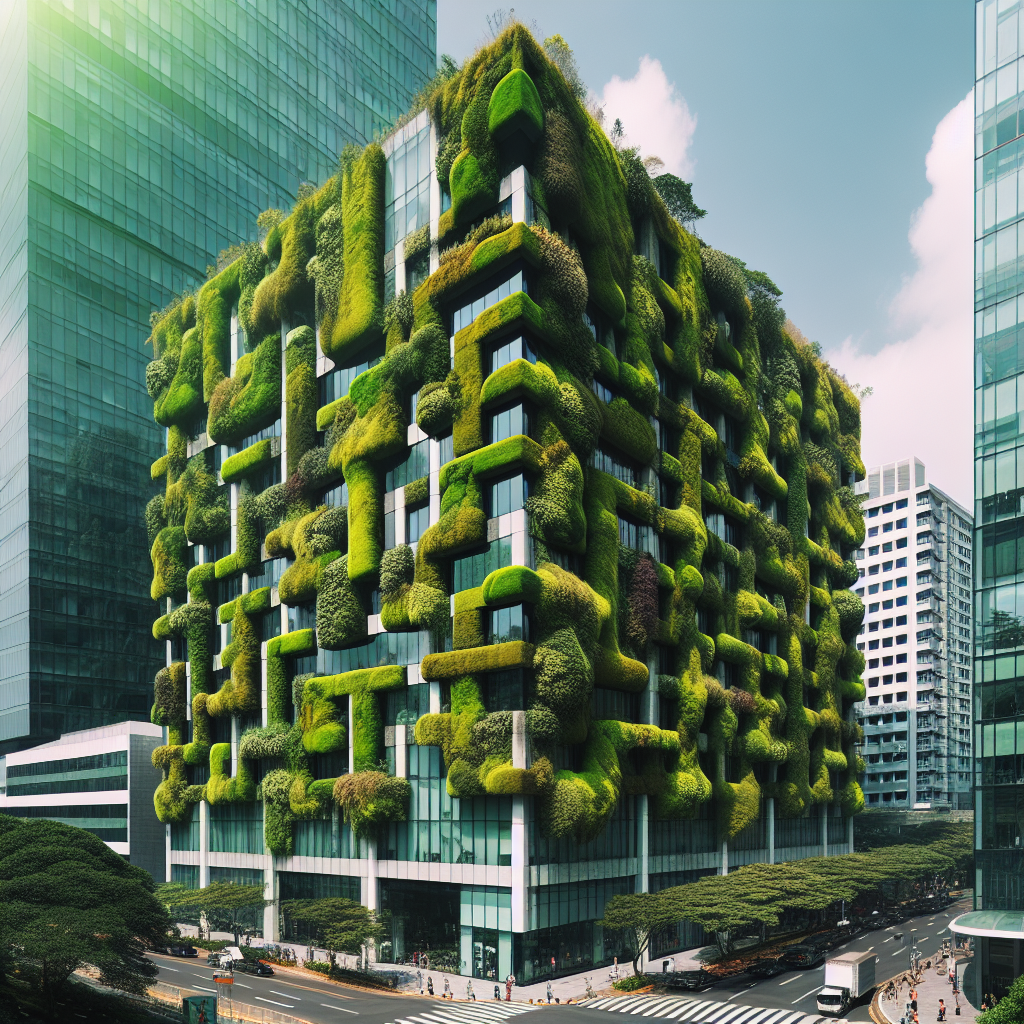
Green Graffiti Vertical: Moss Art for Building Façades
In the heart of bustling urban centers, where concrete and glass dominate the skyline, a vibrant new trend is flourishing—quite literally. Moss art, or green graffiti, is transforming the facades of buildings into living, breathing canvases, merging aesthetics with sustainability. This innovative architectural practice not only enhances visual appeal but also significantly contributes to environmental well-being, redefining urban landscapes worldwide.
The Emergence of Moss Art in Urban Architecture
Moss art, often referred to as “green graffiti,” is an artistic expression that utilizes moss as a medium to create intricate designs on building exteriors. Unlike traditional graffiti, moss art thrives naturally, requiring minimal maintenance and offering numerous ecological benefits. This trend aligns seamlessly with the growing global movement towards biophilic design, a practice emphasizing the integration of natural elements into built environments to enhance human health and well-being.
As cities grapple with the adverse effects of rapid urbanization, architects and designers are increasingly exploring innovative solutions to incorporate nature into densely populated areas. Moss art emerges as a compelling response, providing aesthetic enrichment while addressing environmental challenges such as air pollution, urban heat islands, and biodiversity loss.
Environmental and Health Benefits of Moss Art
Moss possesses unique characteristics that make it an ideal candidate for urban installations. Unlike traditional vegetation, moss requires no soil, absorbs moisture directly from the air, and thrives in shaded, humid environments typical of urban spaces. Its resilience and adaptability allow it to flourish on vertical surfaces, transforming dull facades into vibrant green masterpieces.
One of the most significant advantages of moss installations is their ability to purify air. Moss actively absorbs pollutants, including carbon dioxide, nitrogen dioxide, and particulate matter, effectively reducing air pollution levels. According to recent studies, a single square meter of moss can absorb approximately 20 grams of particulate matter annually, making it a powerful ally in combating urban air pollution (Wikipedia).
Moreover, moss-covered facades contribute to thermal regulation, mitigating the urban heat island effect by lowering surface temperatures and enhancing insulation. This natural cooling mechanism reduces energy consumption, promoting sustainability and supporting cities’ efforts to achieve net-zero energy goals (Net Zero Energy Buildings).
Beyond environmental benefits, moss art installations positively impact human health and well-being. Exposure to natural elements has been proven to reduce stress, enhance cognitive function, and improve overall mental health. Integrating moss art into urban architecture thus aligns with biophilic design principles, fostering healthier, more vibrant communities (Biophilic Design and Its Impact on Human Health and Well-being).
Innovative Examples and Case Studies
Several pioneering projects around the globe illustrate the transformative potential of moss art in architecture. One notable example is the “CityTree” installation by Green City Solutions, deployed in various European cities, including Berlin and London. This vertical moss-covered structure functions as an urban air purifier, absorbing pollutants equivalent to 275 urban trees, while occupying a fraction of the space (Wikipedia).
Another remarkable case is the Palacio de Congresos Europa in Vitoria-Gasteiz, Spain. Redesigned by Urbanarbolismo, the building’s facade features an expansive moss-covered wall, creating a striking visual impact while significantly improving local air quality and biodiversity. The installation has become an iconic symbol of the city’s commitment to sustainability and environmental stewardship.
In Paris, preparations for the 2024 Summer Olympic Games have inspired innovative architectural approaches, including moss art installations designed to enhance urban aesthetics and sustainability. These projects aim to leave a lasting environmental legacy, demonstrating how major international events can catalyze positive urban transformations (Summer Olympic Games of Paris 2024).
Techniques and Innovations in Moss Art Installations
Creating successful moss art installations requires careful consideration of species selection, substrate preparation, and environmental conditions. Designers typically utilize hardy moss varieties such as Hypnum cupressiforme and Bryum argenteum, known for their resilience and adaptability to urban environments.
Innovative techniques, including hydroseeding and moss graffiti paste, have revolutionized the application process. Hydroseeding involves spraying a nutrient-rich slurry containing moss spores onto building surfaces, promoting rapid growth and adherence. Alternatively, moss graffiti paste—a blend of moss fragments, yogurt, water, and biodegradable adhesive—allows artists to create intricate designs by painting directly onto surfaces, resulting in living artworks that evolve over time.
Advancements in technology further enhance moss art installations. Integrated irrigation systems, sensors, and automated misting devices ensure optimal moisture levels, supporting moss growth and longevity. Additionally, digital fabrication techniques, such as 3D printing and CNC milling, enable architects to design complex, customized substrates that accommodate moss growth, pushing the boundaries of creative expression (Digital Fabrication in Design and Construction).
Challenges and Future Prospects
Despite its numerous advantages, moss art installations face challenges, including maintenance requirements, climatic constraints, and public perception. While moss generally requires minimal upkeep, periodic monitoring and occasional misting may be necessary, particularly in drier climates. Furthermore, public acceptance of moss-covered facades varies, necessitating awareness campaigns and educational initiatives to highlight their benefits.
Nevertheless, the future of moss art in architecture appears promising. As cities increasingly prioritize sustainability and biophilic design, moss installations offer an attractive, practical solution to urban environmental challenges. Architects and designers are exploring innovative applications, from moss-covered skyscrapers to modular moss panels for interior spaces, expanding the possibilities of this versatile medium.
Emerging trends, such as integrating moss art with augmented reality (AR) and interactive installations, promise to further enhance user engagement and experience. Imagine facades that respond dynamically to environmental conditions or interactive moss installations that educate the public about sustainability, transforming urban spaces into immersive, educational experiences (Augmented Reality in Design Innovation).
Conclusion: A Living Canvas for Sustainable Cities
Moss art represents a compelling convergence of aesthetics, sustainability, and innovation, offering architects and designers a powerful tool to transform urban environments. By embracing this living medium, cities can enhance visual appeal, improve environmental quality, and foster healthier, more vibrant communities. As moss art continues to evolve, it promises to redefine urban landscapes, turning concrete jungles into thriving, green ecosystems.
Ultimately, moss art installations embody a vision of urban design that harmonizes human creativity with nature’s resilience, crafting cities that are not only beautiful but also sustainable and nurturing. As we look towards the future, moss-covered facades may become an iconic symbol of urban innovation, reflecting our collective commitment to building a greener, healthier world.
Explore more about sustainable architectural trends in our feature on Green Roofs Transforming Urban Landscapes.
Discover how technology shapes futuristic cityscapes in our analysis of Technology’s Impact on Futuristic City Design.
Learn about innovative building materials in our article on Wooden Skyscrapers and Timber Construction.
